Have you ever caught your dog staring at you with those big, soulful eyes and wondered what’s going on inside their mind? Dogs are masters at hiding discomfort, but their subtle signals can be desperate cries for help. The truth is, many behaviors we overlook—or even find cute—are their way of saying, “Something’s not right, and I need you.” Missing these signs can mean your best friend suffers in silence. Here are 10 things your dog does that actually mean “please help me”—and every dog lover needs to know them.
Excessive Licking
When your dog keeps licking their paws, furniture, or even the air, it’s not always just a quirky habit. This can be their way of coping with pain or anxiety. Imagine a child biting their nails when nervous—dogs use licking for comfort too. Sometimes, it’s an attempt to soothe irritated skin, allergies, or even internal discomfort. If this behavior starts suddenly or becomes relentless, it’s a red flag. Constant licking can also lead to painful sores or infections. Paying attention to this sign may help you catch health issues before they become serious.
Sudden Aggression or Snapping
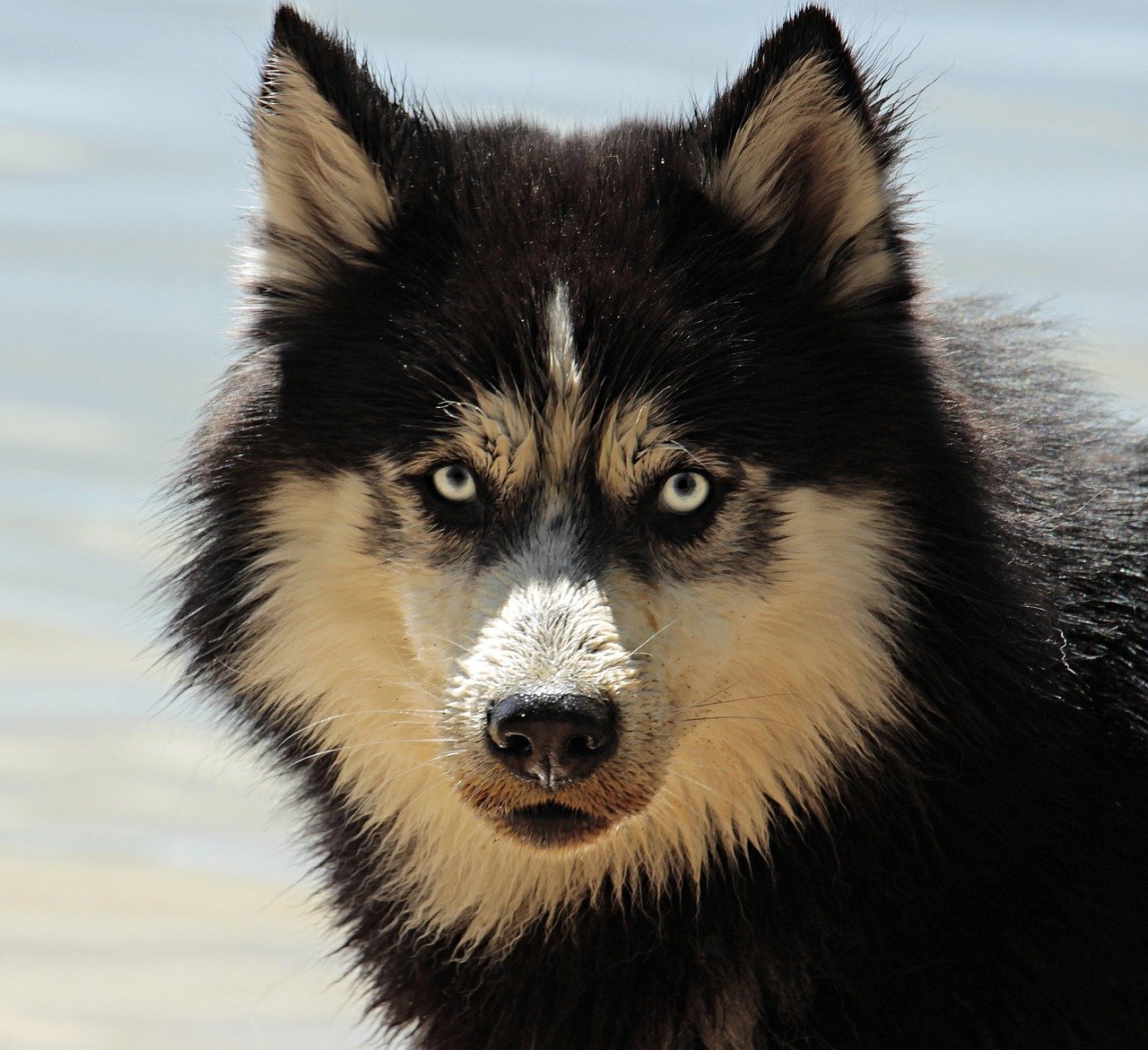
A gentle dog that suddenly growls, snaps, or bites isn’t just “having a bad day.” Sudden aggression often signals pain or distress. Dogs can’t say “ouch,” so they lash out when touched in a sore spot or when feeling unwell. Even the sweetest pets can react if they feel threatened or are suffering silently. Sometimes, behavioral changes are the only clue that there’s a hidden injury or illness. If your dog’s demeanor changes out of nowhere, it’s time to look deeper and show them compassion instead of punishment.
Hiding or Withdrawing
If your once-social dog starts hiding under beds, in closets, or avoids family members, it’s a cry for help. Withdrawal is a classic sign of physical discomfort, fear, or emotional pain. Dogs instinctively hide when feeling vulnerable, much like wild animals conceal themselves when sick. This isn’t a phase to ignore—something is making your dog feel unsafe or unwell. Keep an eye out for this sudden shyness, especially if your dog usually loves company and cuddles.
Whining or Whimpering
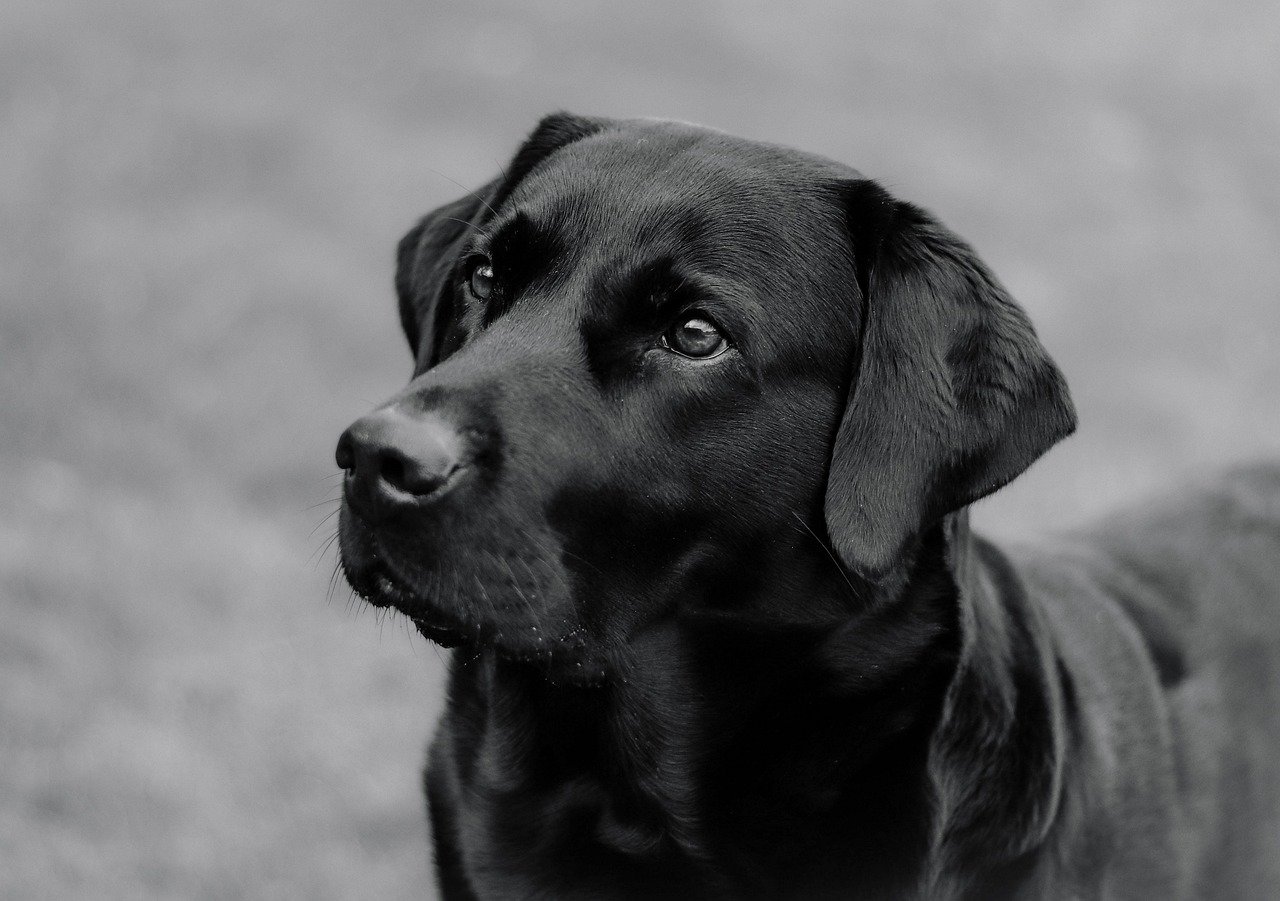
Those little whines and whimpers tug at our heartstrings for a reason. Dogs use vocalizations to communicate needs and discomfort. While some breeds are naturally more “talkative,” whining that’s new or persistent shouldn’t be dismissed. It could mean anything from a sore paw to deep emotional stress. Pay close attention to when and why your dog whines—after walks, before meals, or during storms. Sometimes, it’s their only way to ask for help when something is wrong.
Loss of Appetite
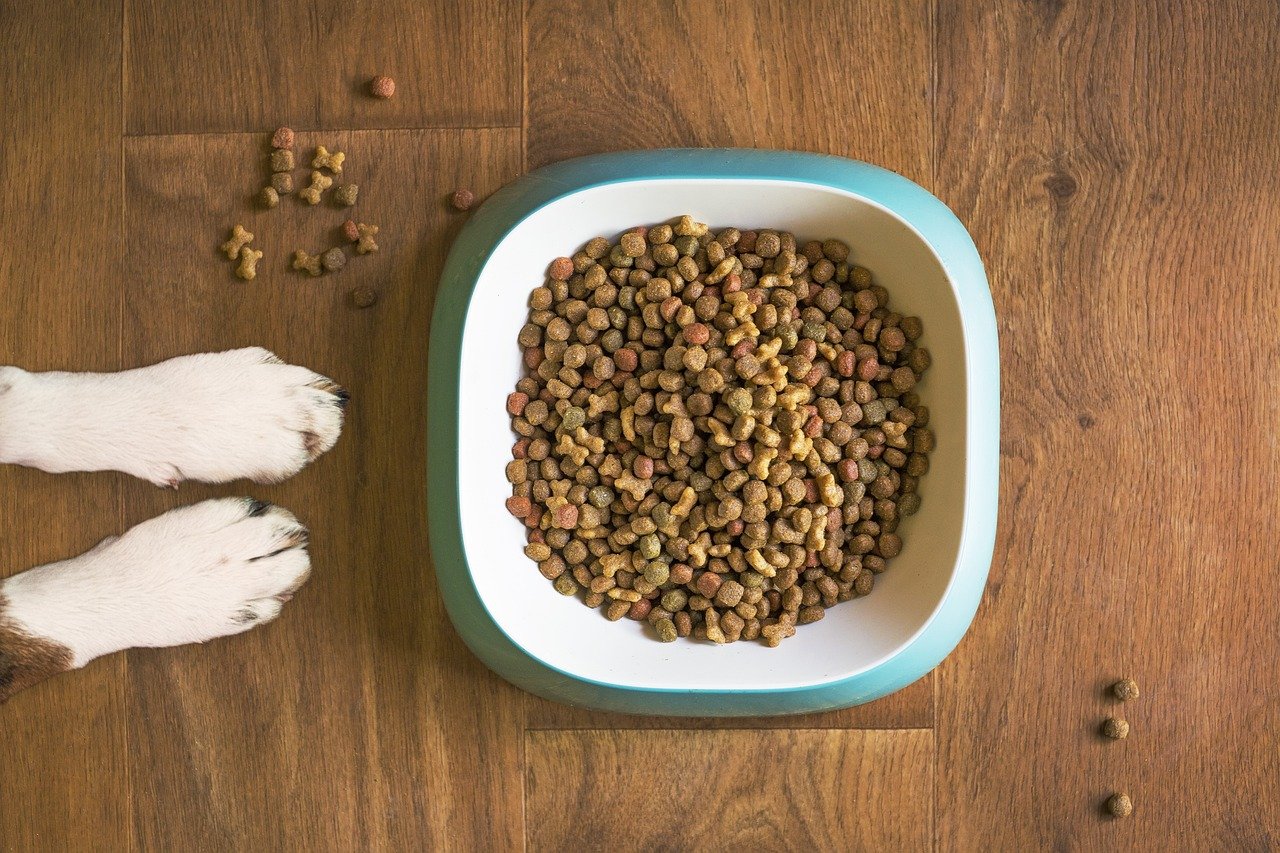
A dog that suddenly turns up its nose at dinner is not just being picky. Loss of appetite is a serious sign that something’s wrong, whether it’s dental pain, digestive trouble, or emotional distress. Dogs love routine, especially when it comes to meals. Skipping food for more than a day is a big warning sign. Some owners think their pet is just bored with the food, but it’s crucial to rule out illness first. Remember, hunger strikes in dogs are almost always their way of asking for help.
Destructive Chewing or Digging
When your dog starts tearing up furniture, shoes, or the backyard, it’s tempting to think they’re just being naughty. But destructive behavior often points to anxiety, boredom, or even pain. Imagine chewing on your nails or pacing the room when stressed—it’s the same for dogs. Sometimes, they’re trying to distract themselves from discomfort or frustration. If your dog’s destructive habits are new or escalating, it could be their way of telling you something’s wrong inside.
Frequent Scratching or Shaking
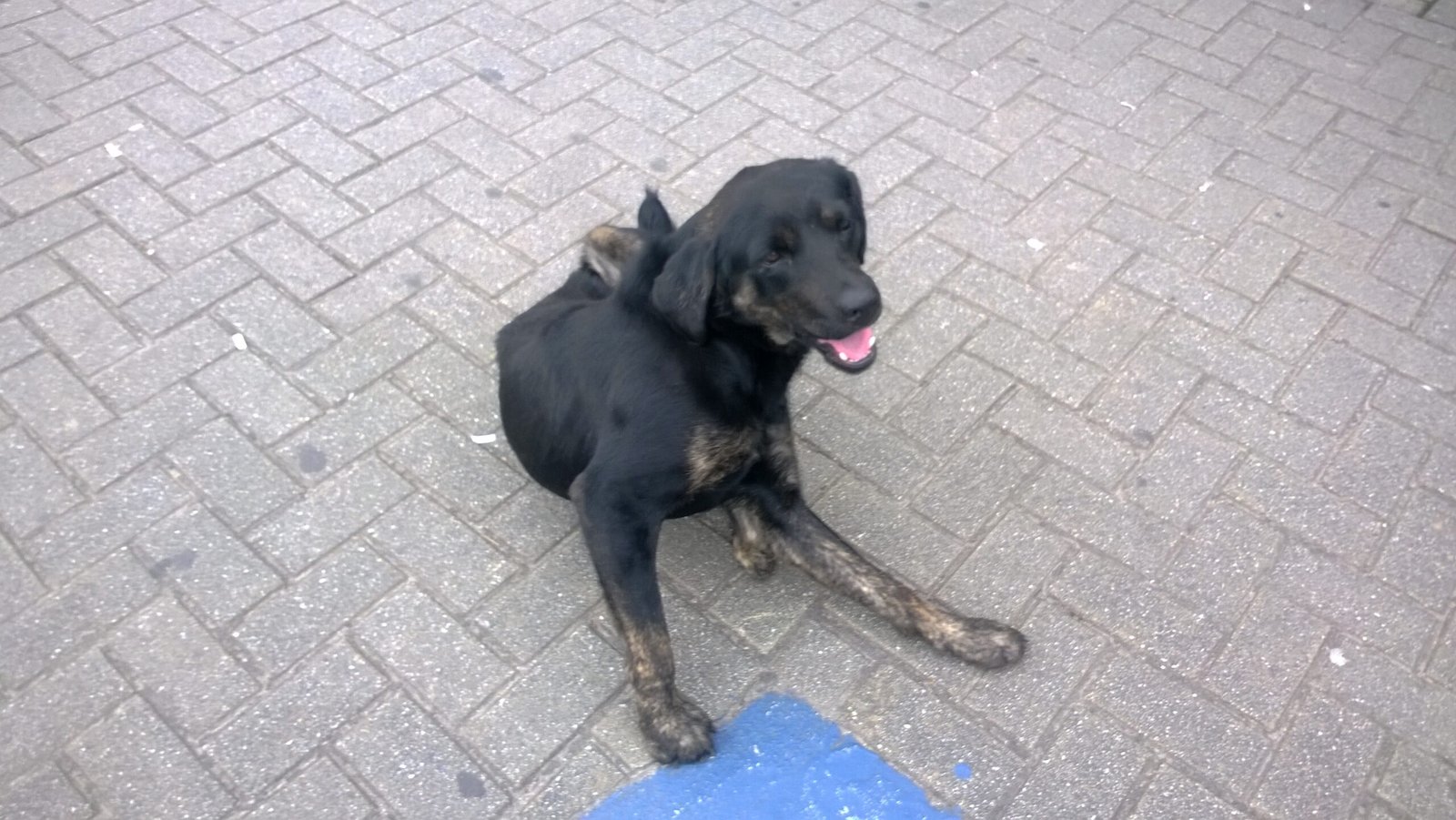
It’s normal for dogs to scratch or shake now and then, but frequent scratching, biting at their skin, or shaking their head can signal trouble. Allergies, parasites, or skin infections might be making your dog miserable. If you notice bald spots, red skin, or constant itching, your dog needs help. This behavior isn’t just annoying—it can lead to open wounds and further complications. Taking action quickly can spare your dog from a lot of discomfort.
Restlessness and Pacing
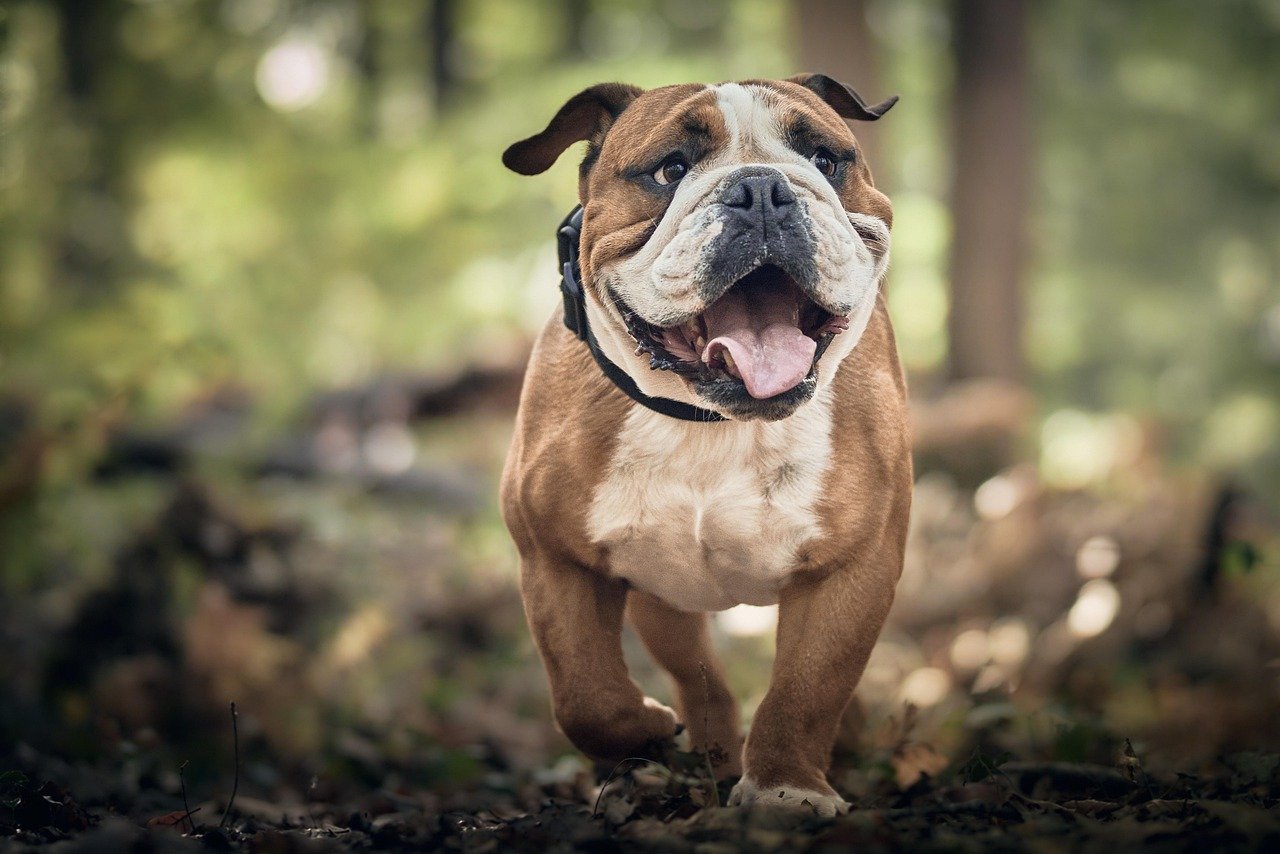
A dog that can’t settle down, keeps pacing the room, or seems unable to relax is usually in distress. Restlessness can be caused by pain, anxiety, or even underlying medical problems like arthritis or gastrointestinal issues. Picture yourself tossing and turning all night when you’re unwell—your dog is doing the same. If your pet’s restlessness is new, especially if accompanied by other changes, it’s time to investigate. Sometimes, it’s their way of begging for relief.
Excessive Panting or Drooling
Panting is normal after a run or on a hot day, but excessive panting or drooling can be a silent scream for help. These symptoms can signal pain, heatstroke, heart problems, or even poisoning. Dogs regulate their temperature by panting, but if it’s happening when they’re at rest, something’s wrong. Likewise, drooling more than usual can mean nausea or dental issues. Don’t brush off these signs as just “dog stuff”—they’re often urgent.
Changes in Bathroom Habits
If your house-trained dog suddenly has accidents, strains to urinate, or asks to go out more frequently, take note. Changes in bathroom habits can reveal infections, kidney trouble, or stress. Imagine how uncomfortable and embarrassing it would be for you—dogs feel it too. This isn’t just an inconvenience; it’s a plea for help. Early intervention can prevent bigger health problems and save your dog from unnecessary pain.
What would you have guessed was your dog’s secret cry for help?

Linnea is a born and bred Swede but spends as much time as possible in Cape Town, South Africa. This is mainly due to Cape Town’s extraordinary scenery, wildlife, and atmosphere (in other words, because Cape Town is heaven on earth.) That being said, Sweden’s majestic forests forever hold a special place in her heart. Linnea spends as much time as she can close to the ocean collecting sea shells or in the park admiring puppies.





